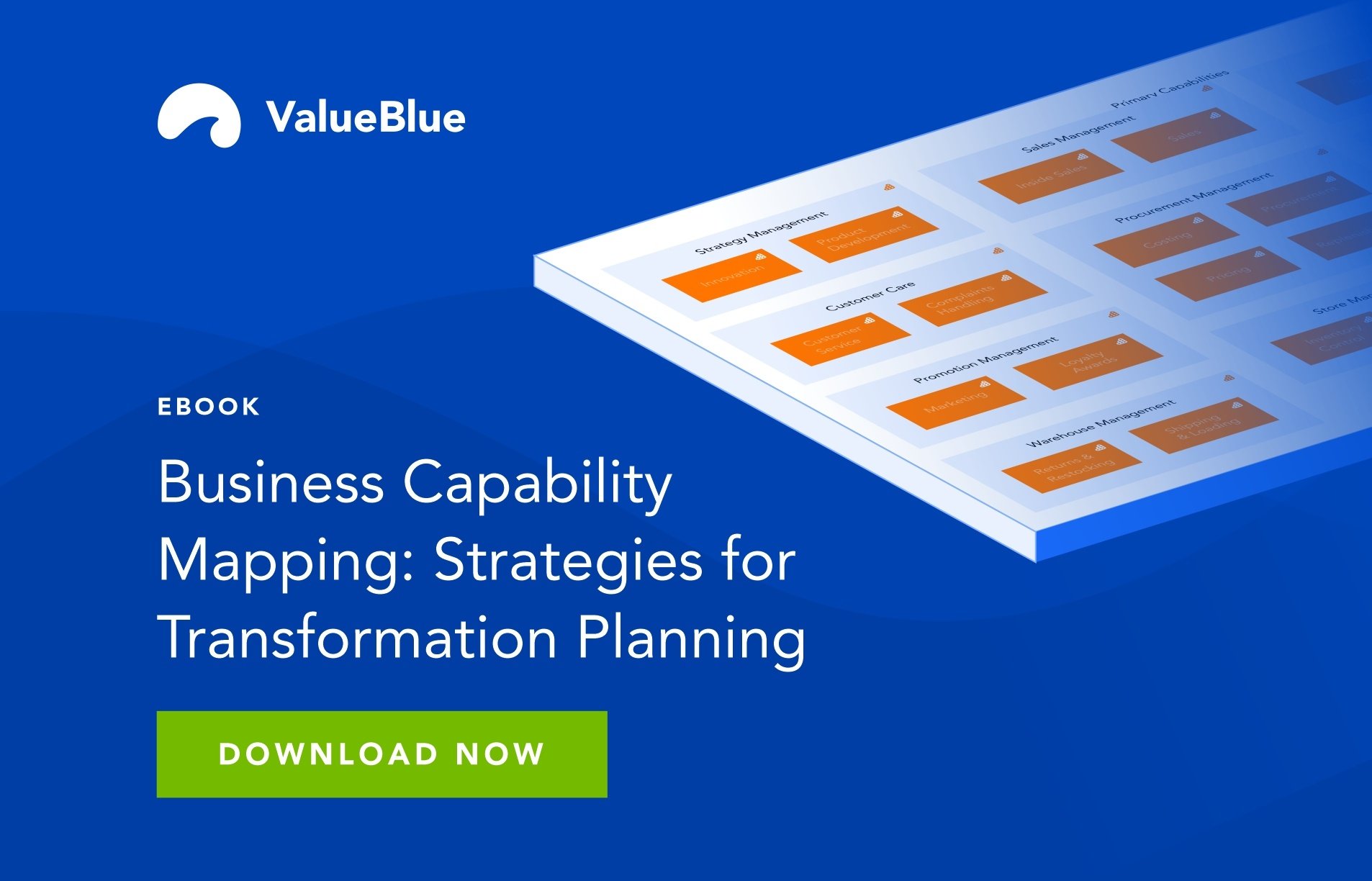KB - What is Project Pipeline Management?
Project Pipeline Management is an important component of Project Portfolio Management and means that you first select the right projects before starting off with actual Project Portfolio Management.
Project Pipeline Management involves three steps to ensure that an adequate number of project proposals are generated, discussed and evaluated in order to contribute to a healthy Project Portfolio Management and to eventually meet strategic business goals.
Step 1 – Ideation
The process by which new project ideas are generated. It’s a matter of collecting the best ideas from the organization, collecting a sufficient number of project proposals and to have an open-minded organizational culture in which employees feel engaged and selfconfident to submit their ideas. The next step is opportunity management, to start the actual project selection process. Therefore, it is important to take a closer look at the project ideas. Some ideas may be great, but timing or other constraints make it difficult or even impossible to implement. The process for managing opportunities is to determine those opportunities that could produce positive outcomes for the organization.
Step 2 – Work intake
The work intake process takes new project proposals to the governance board for a go/no-go decision. This is important to ensure that all project proposals are created in a consistent manner with common tools and processes.
Step 3 – Phase gates
Phase-gates are a critical component of Project Pipeline Management in order for the Portfolio Management Team (PMT) to distinguish the good projects from the great projects. The decision gate process enables the PMT to review the projects based on pre-selected strategic criteria at the gate reviews of the decision gate process. At each of those gates, important project information is provided to the Portfolio Management Team to make a go/no-go decision related to the project. Because of this, only relevant and well planned projects can enter the portfolio and the organization executes and benefits from truly important and strategic projects.
Why Project Pipeline Management?
Project Pipeline management supports project portfolio definition but also portfolio optimization in relation to project sequencing and project dependencies. Project Pipeline management contributes to healthy project portfolio maturity.
.png)

